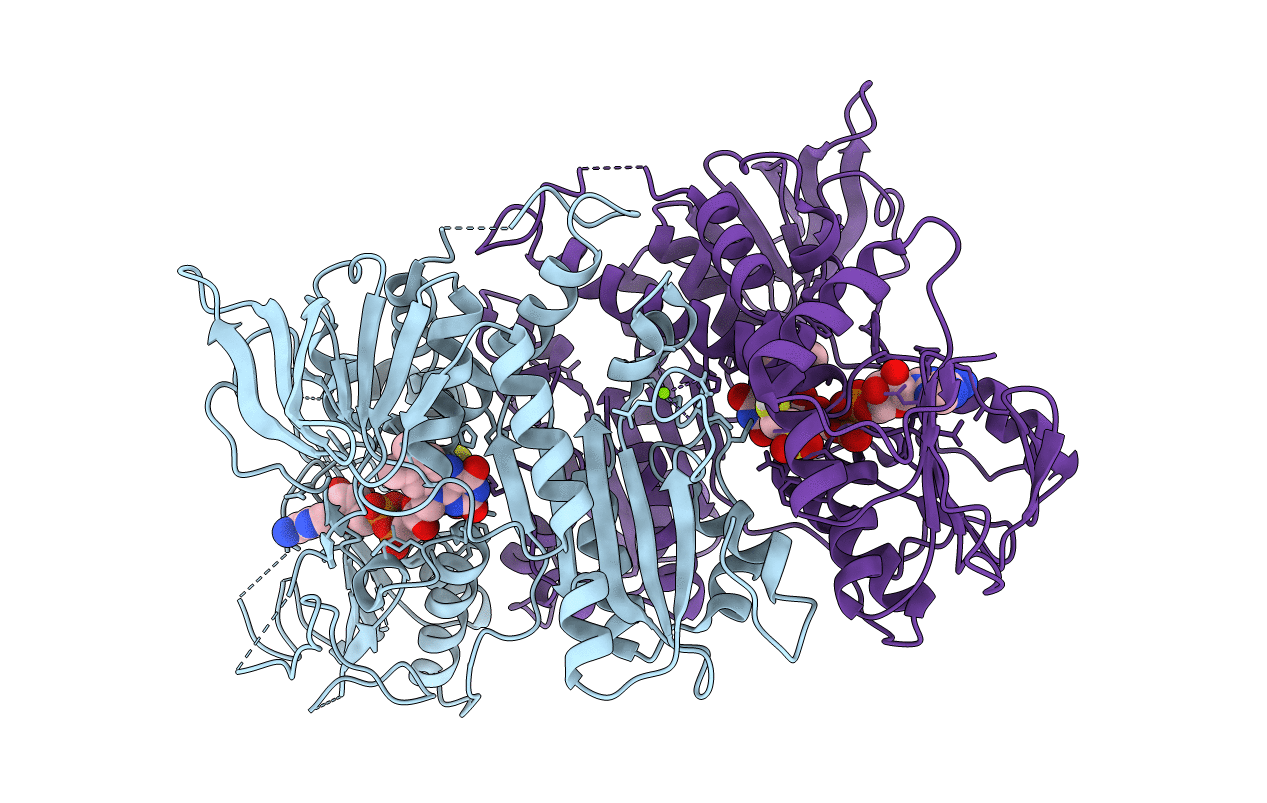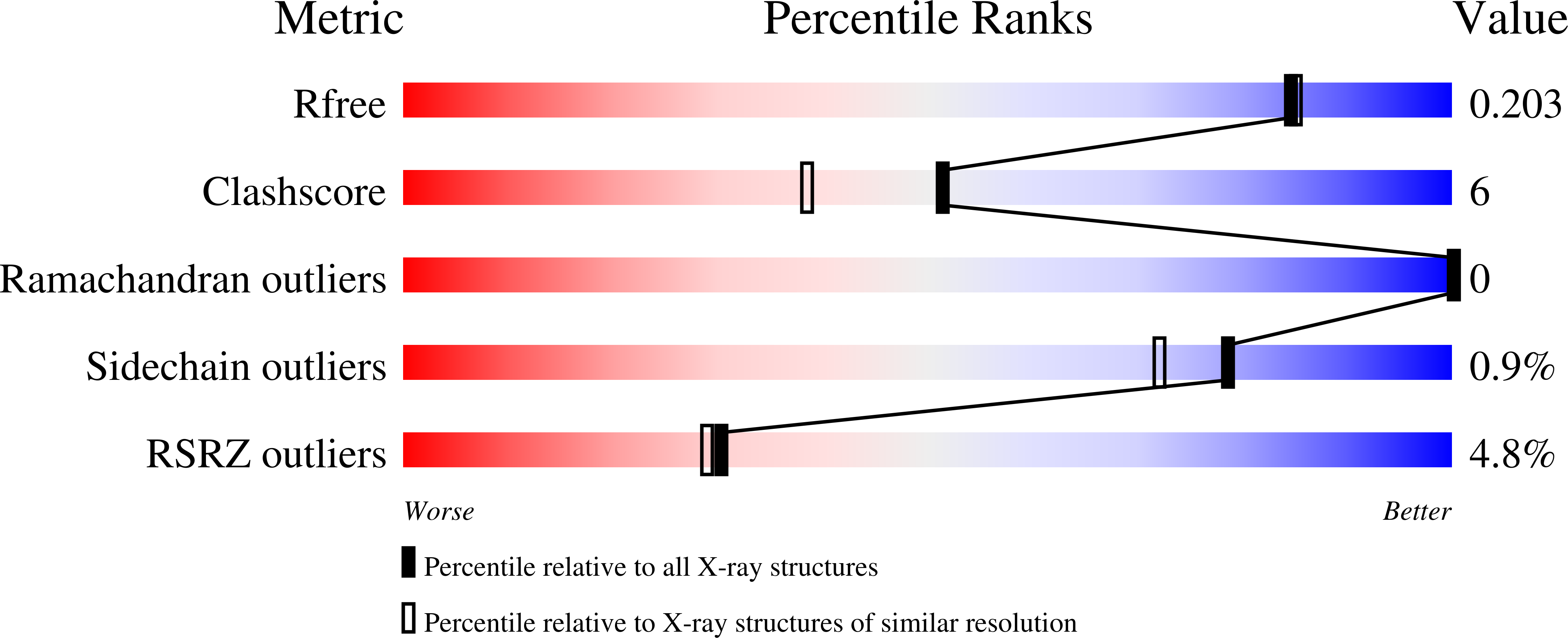
Deposition Date
2021-04-13
Release Date
2021-07-21
Last Version Date
2023-10-18
Entry Detail
PDB ID:
7MGO
Keywords:
Title:
Crystal structure of F501H variant of 2-ketopropyl coenzyme M oxidoreductase/carboxylase (2-KPCC) from Xanthobacter autotrophicus
Biological Source:
Source Organism:
Xanthobacter autotrophicus Py2 (Taxon ID: 78245)
Host Organism:
Method Details:
Experimental Method:
Resolution:
1.85 Å
R-Value Free:
0.20
R-Value Work:
0.17
R-Value Observed:
0.17
Space Group:
P 1 21 1


